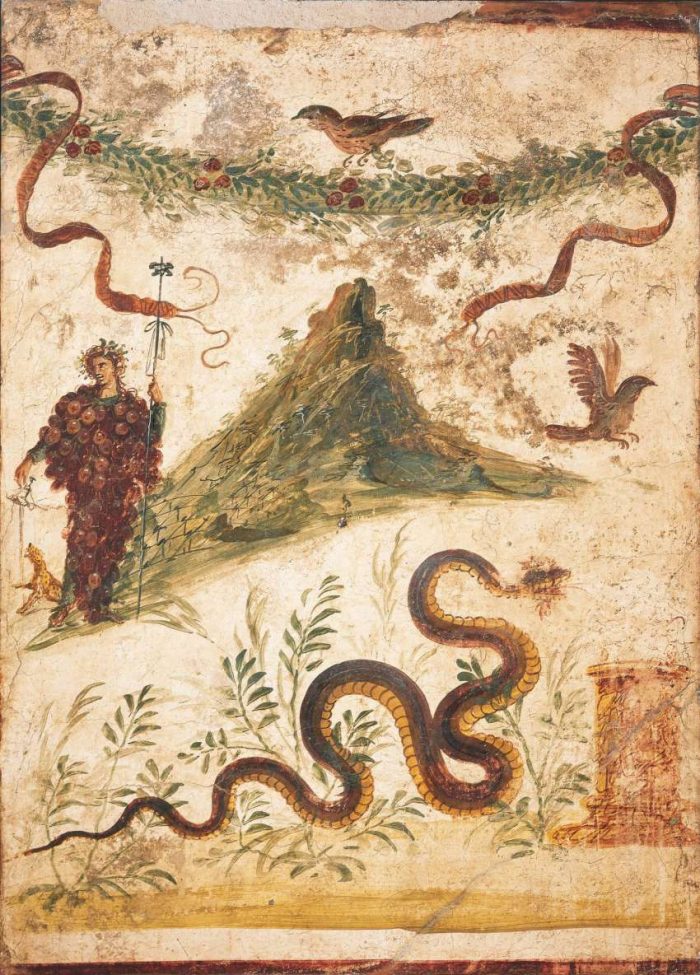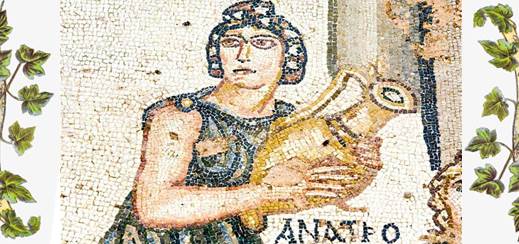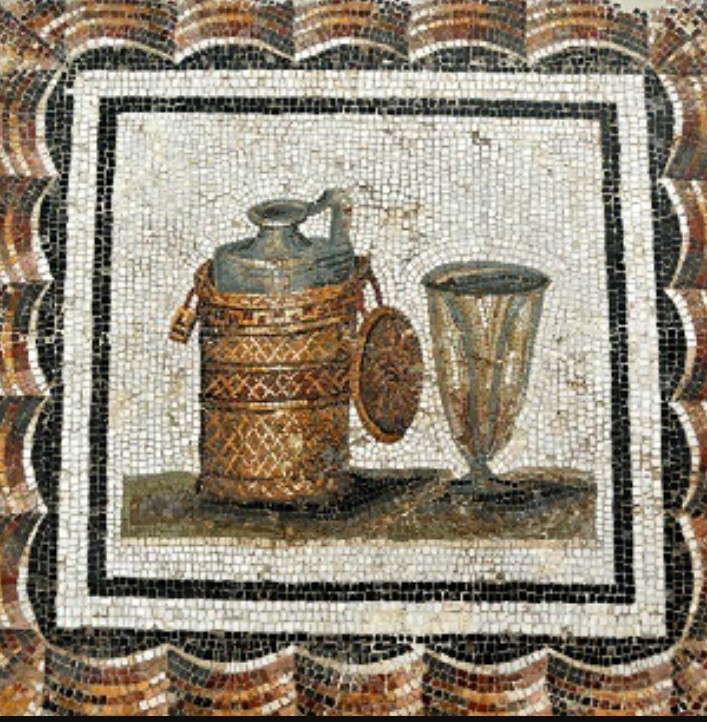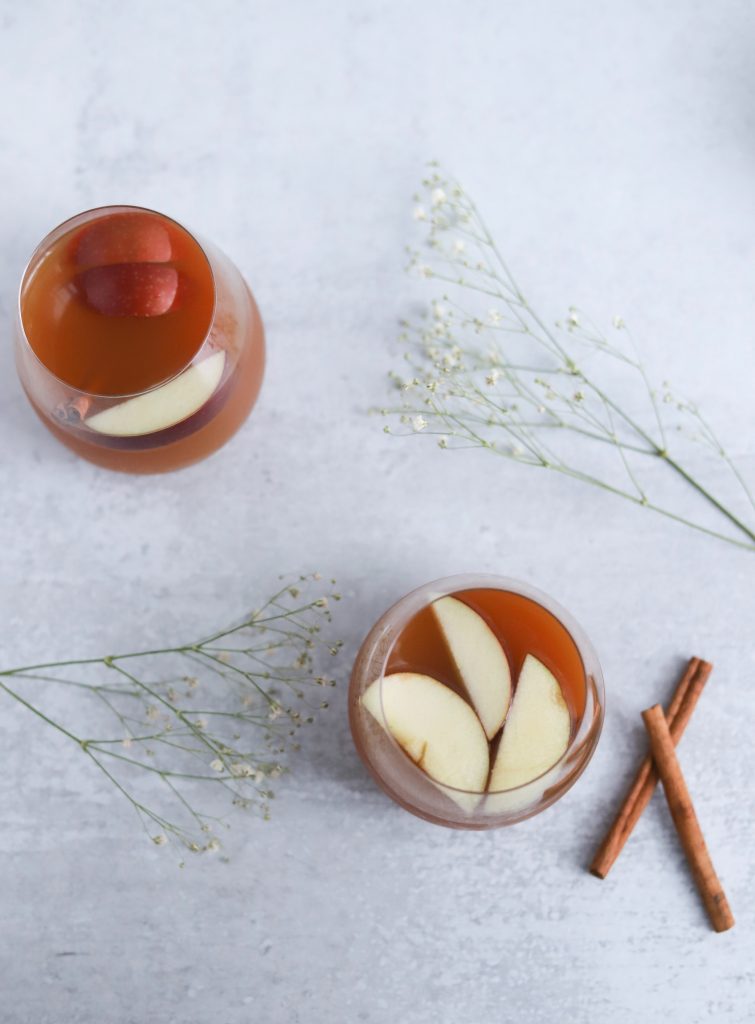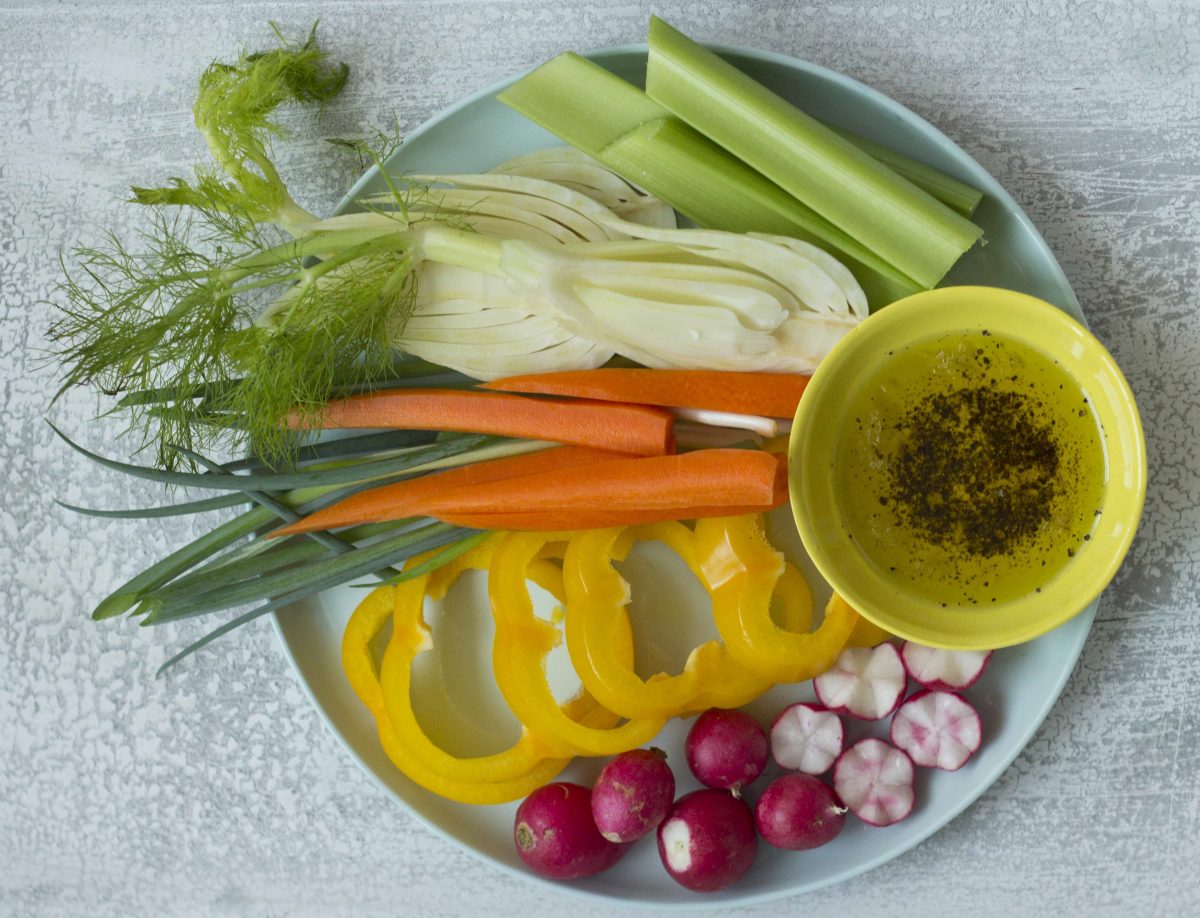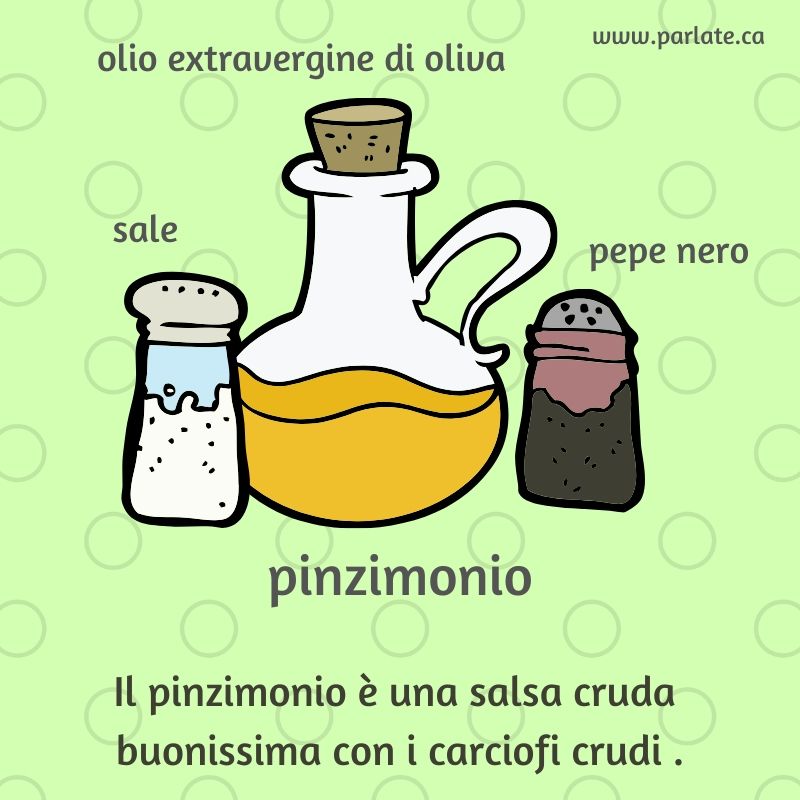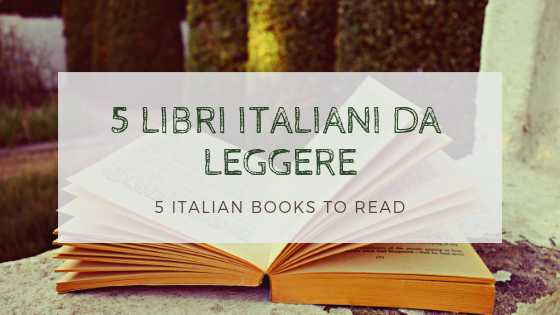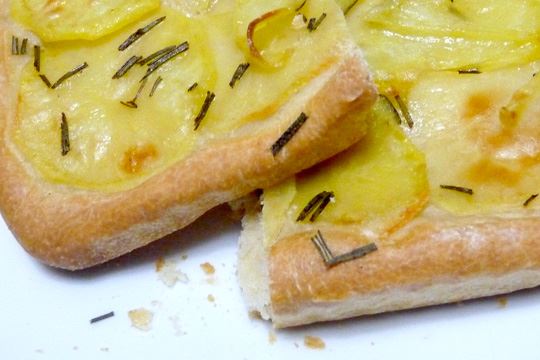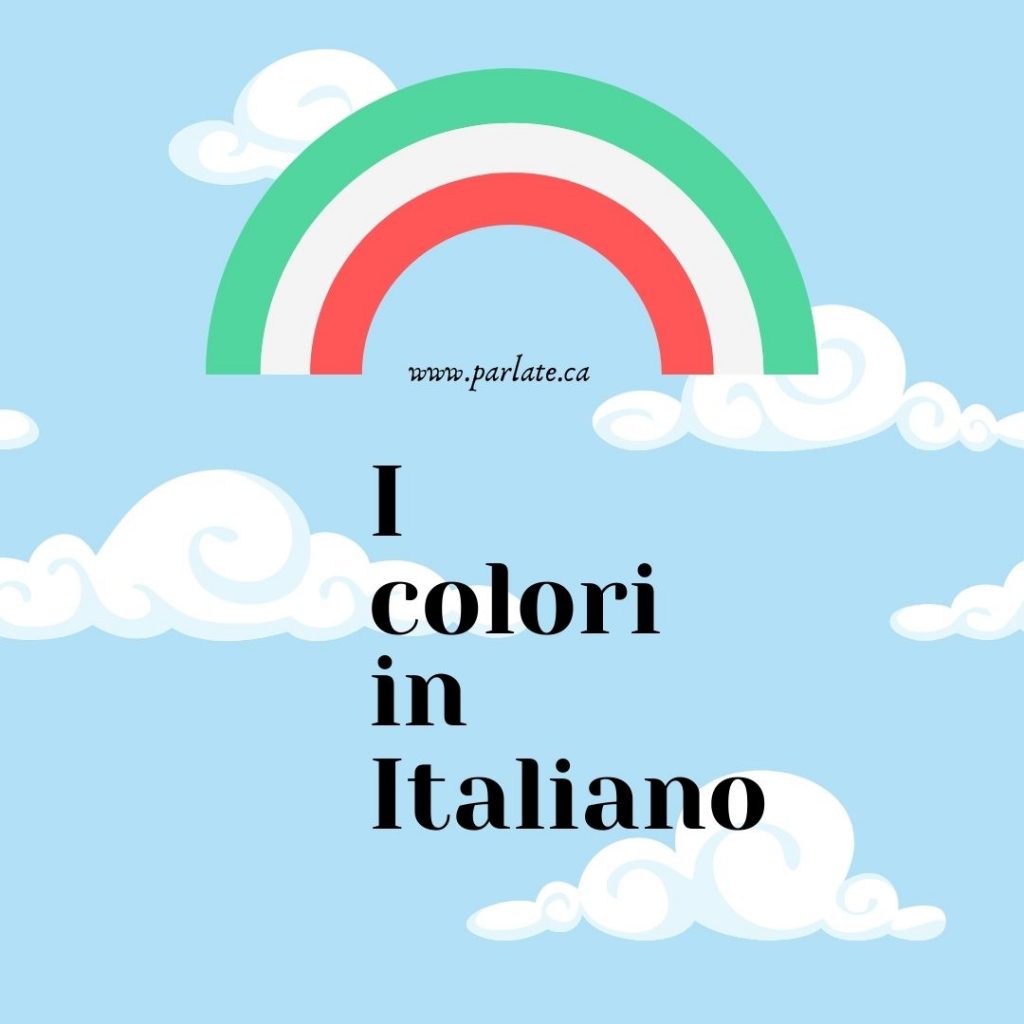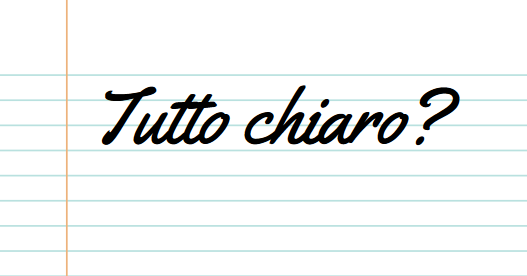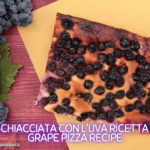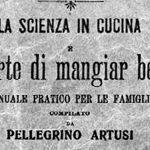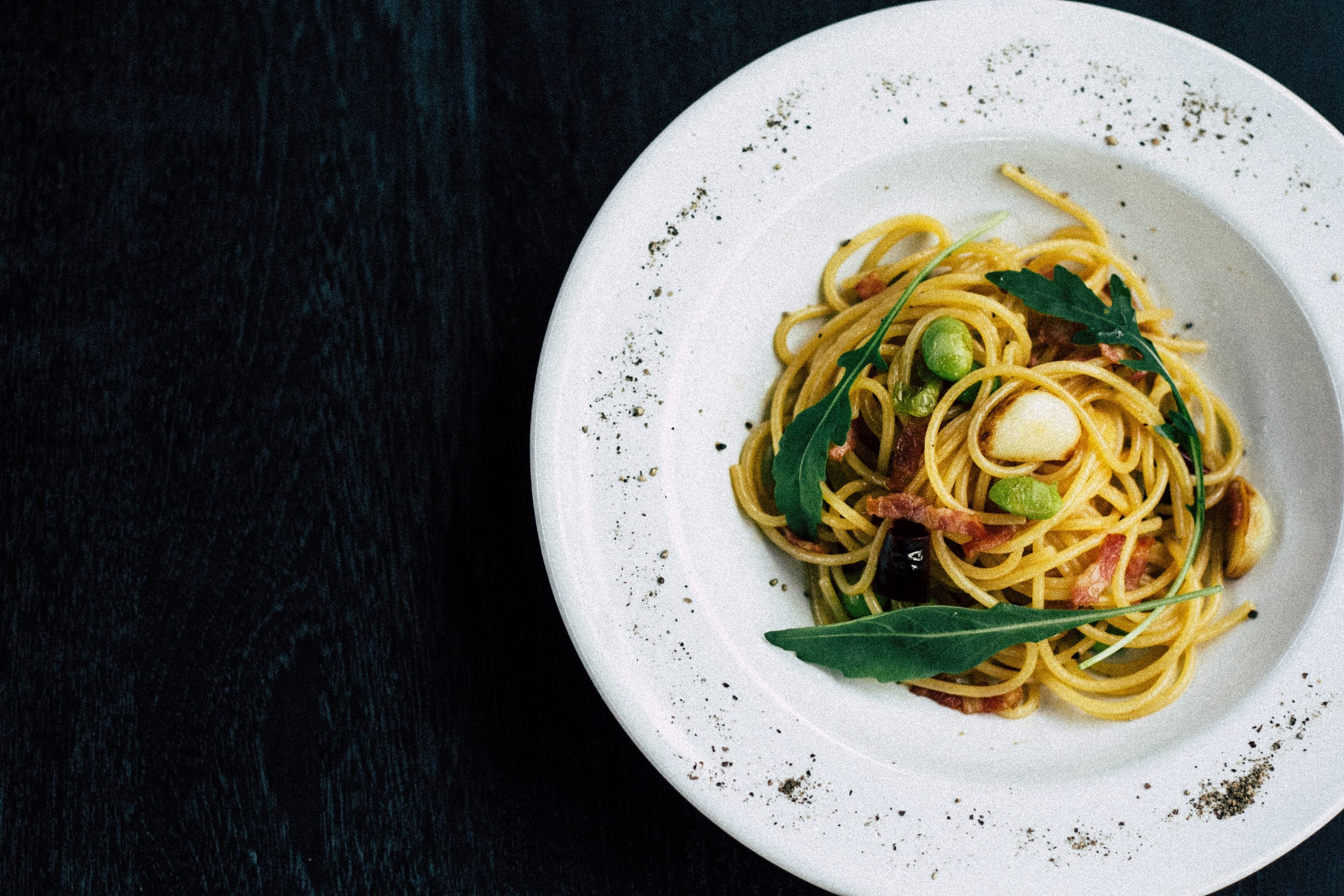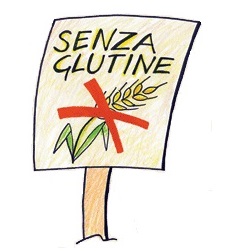(English translation below)
Ascolta la versione audio (7 minuti) / Listen to the audio version (7 minutes):
Dicono che bere vino rosso ogni tanto faccia bene alla salute. Ammetto che quest’anno ne ho bevuto più del solito, senza esagerare ovviamente.
Avevo in programma di festeggiare il compleanno di mio padre insieme a lui a settembre stappando una bottiglia di Tintilia del Molise, il nostro vino preferito, ma purtroppo la vita ha deciso diversamente e non ne avremo più l’occasione.
Nell’antichità il vino, “Nettare Divino”, rappresentava l’allegoria di benessere, prosperità e abbondanza. Speriamo sia vero!
Bacco, chiamato Dioniso nell’antichità greca, è il dio del vino, delle feste e della perdizione. Dato il suo carattere energico e chiassoso, veniva chiamato Bacco, che in greco significa “clamore – baccano”, nome adottato dalla cultura romana proprio per identificare Dioniso. Molti artisti lo hanno reso protagonista delle loro opere. Vediamone alcune.
Ecco un pdf con le parole del vino / Here’s a pdf with a list of wine words :
Bacco e il Vesuvio – L’affresco raffigura Bacco con il corpo ricoperto da acini e un alto monte isolato, con le pendici ricoperte da filari di viti. Potrebbe essere il Vesuvio prima dell’eruzione del 79 d.C., e dunque con una sola cima, oppure il monte Nisa dove, secondo la leggenda, Dioniso sarebbe stato allevato.
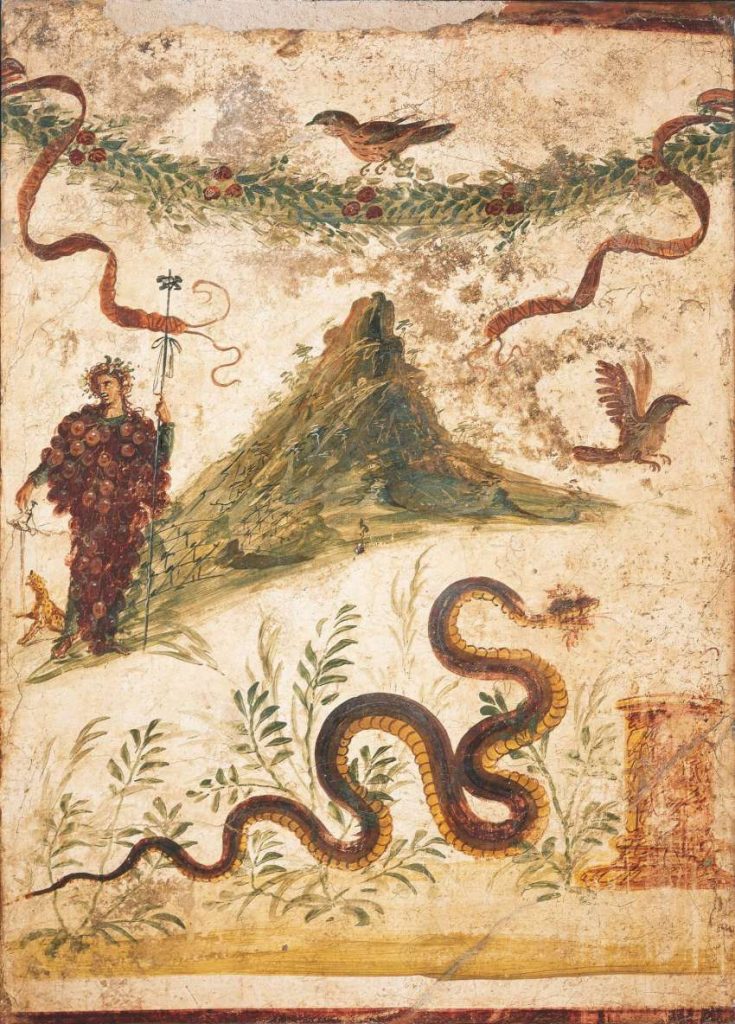
Il Bacco di Michelangelo – E’ rappresentato in una veste giovanile con in mano una coppa, mentre sta barcollando a causa dell’ubriachezza. Il forte realismo della statua rende il movimento di Bacco ubriaco fluido e verosimile. Un piccolo satiro si trova dietro Bacco, il quale approfitta per mangiare dell’uva di nascosto nell’attimo di debolezza del dio. Includerlo all’interno della composizione serve ad indurre lo spettatore a girare attorno alla statua, apprezzandone ogni singolo dettaglio.
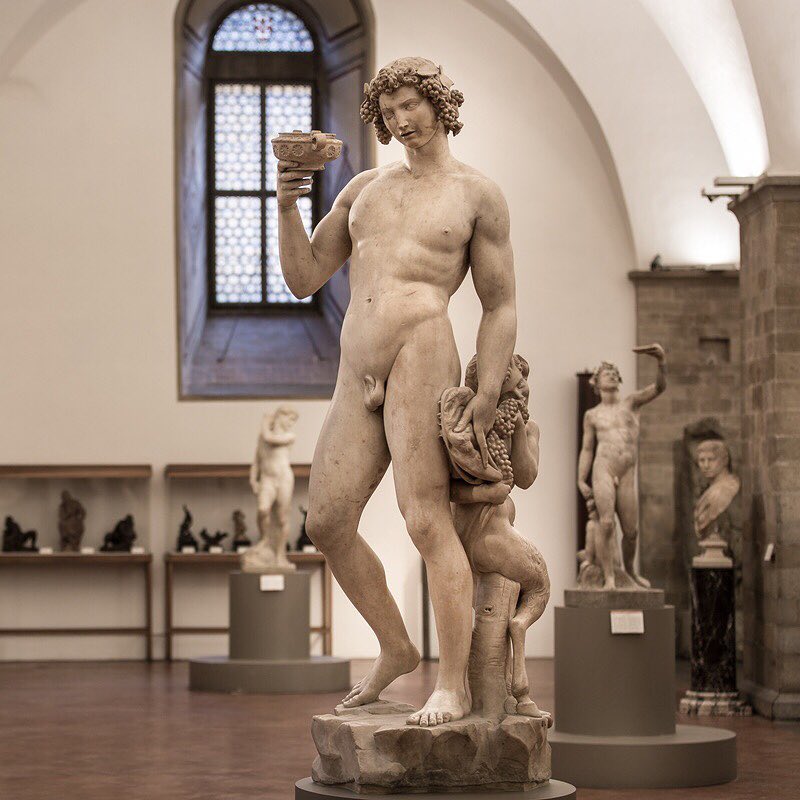
Il Bacco adolescente di Caravaggio: “Nel dipingere il Bacco, Caravaggio avrebbe potuto, e per alcuni dovuto, affrontare il soggetto mitologico secondo la buona tradizione rinascimentale. Il giovane appare ben lontano dall’essere una classica figura idealizzata. Il vero soggetto del dipinto sarebbe, insomma, la semplice rappresentazione di uno scherzoso travestimento. Caravaggio, prendendosi gioco della gloriosa tradizione classica e rinascimentale, facendosi beffa del pubblico, avrebbe ritratto un suo amico un po’ stordito dai fumi dell’alcol, chiedendogli di tenere in mano un bicchiere di vino e posando davanti a lui della frutta di qualche giorno.” – ArteSvelata.it
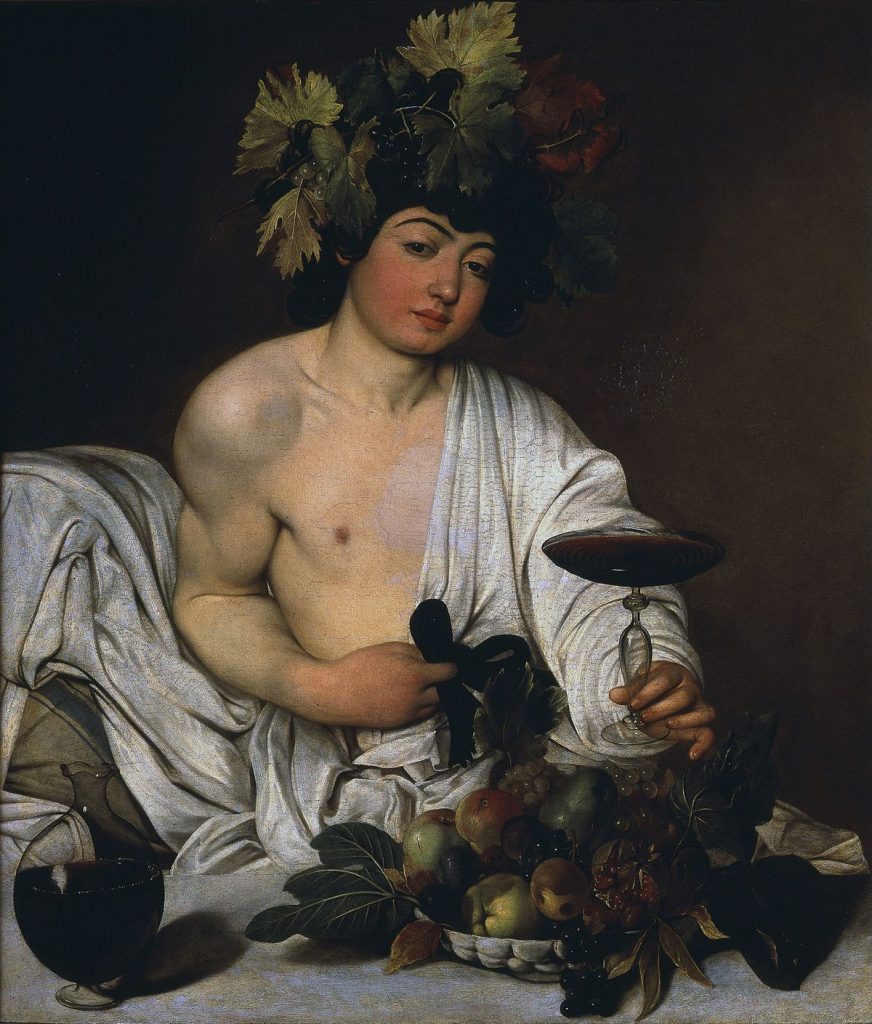
Ascolta il podcast di Arte Svelata sul Bacco di Caravaggio/ Listen to the podcast by Arte Svelata about il Bacco by Caravaggio:
Il Bacco di Arianna: alcuni dipingono utilizzando colori, tempere, acrilico, acquerello, matite e altri come Arianna Greco invece scelgono il nettare degli dei per creare quella che è stata battezzata arte enoica, capace di dare vita a profumatissimi capolavori enocromatici.
Come nasce questa passione di Arianna?
“Dipingere con il vino è una tecnica particolarissima e di non facile realizzazione in quanto necessita di abilità tecnica e di conoscenze in campo chimico. Sono opere d’arte che hanno i profumi e i colori dei vitigni che nascono nella nostra Italia e in particolar modo nella mia Puglia anche se spesso e volentieri utilizzo anche vini piemontesi come il Barolo, di cui amo tutto. Il vino posto su tela tende ad evolvere a suo modo, si ossida come farebbe in Barrique o in bottiglia e ciò grazie a reazioni tra antociani e tannini con conseguenti viraggi di colore. All’occhio osserviamo una maturazione, da color rosso porpora, color viola, rosso rubino verso sfumature tendenti al granato, al mattonato, sfumature decisamente più calde e più affascinanti. Proprio grazie a questo particolarissimo aspetto evolutivo che, normalmente non si verifica in altre forme d’arte, le mie opere sono state paragonate al quadro di Dorian Grey con la differenza che mentre questo invecchiando peggiora, i miei dipinti, invecchiando, assumono maggior fascino.”

…Dopo tanto chiacchierare di vino è ora di stappare una bottiglia. Come sai, la degustazione del vino consiste in un esame olfattivo e in un esame visivo. Ecco come vengono descritti 4 vini italiani:
Tintilia del Molise DOC: colore rosso rubino, intenso, con riflessi violacei. Il profilo olfattivo del vino è vinoso, intenso, piacevole, caratteristico e al palato risulta secco, armonico, morbido. Si abbina bene con un buon piatto di penne al sugo.
Montepulciano d’Abruzzo: Al secondo posto tra i vini DOCG più venduti.
Colore Rosso rubino intenso. Profumo fruttato di mora lievemente aspra, di frutti rossi maturi, tra cui il ribes rosso selvatico, e spezie. Caratteristica principale è l’aroma di liquerizia, (si dice”liqueriziaceo”), e amarascato. A volte il fondo è ammandorlato e dai sentori speziati. Gusto Mediamente tannico, di buon corpo, ottima struttura.
Chianti Classico DOCG: ha colore rubino brillante, tendente al granato e odore profondamente vinoso. Il gusto è asciutto, sapido tendente con il tempo al morbido vellutato.
Il Nero d’Avola si presenta alla vista di un gradevole rosso rubino, più o meno intenso a seconda delle tipologie del vigneto, della sua giacitura e dell’invecchiamento, ha un gusto con sentori di bacca, di ciliegia, prugna, nelle migliori zone presenta note speziate e balsamiche.
They say that drinking red wine every now and then is good for your health. I admit that this year I drank more than usual, obviously without exaggerating.
I had planned to celebrate my father’s birthday with him in September by uncorking a bottle of Tintilia del Molise, our favorite wine, but unfortunately life has decided otherwise and we won’t have the opportunity anymore.
In ancient times, wine, “Divine Nectar”, represented the allegory of well-being, prosperity and abundance. Let’s hope it’s true!
Bacchus, called Dionysus in Greek antiquity, is the god of wine, festivals and perdition. Given his energetic and noisy character, he was called Bacchus, which in Greek means “clamor / baccano”, a name adopted by Roman culture precisely to identify Dionysus. Many artists have made him the protagonist of their works. Let’s see some of them.
Bacchus and Vesuvius – The fresco depicts Bacchus with his body covered with berries and a high isolated mountain, with the slopes covered with rows of vines. It could be Vesuvius before the eruption of 79 AD, and therefore with only one peak, or Mount Nisa where, according to legend, Dionysus would have been raised.
Michelangelo’s Bacchus – He is represented in a youthful robe holding a cup, while he is staggering due to drunkenness. The strong realism of the statue makes the movement of a drunk Bacchus fluid and convincing. A small satyr is behind Bacchus, taking the opportunity to secretly eat grapes in the moment of weakness of the god. Including it within the composition serves to induce the viewer to walk around the statue, appreciating every single detail.
The adolescent Bacchus by Caravaggio: “In painting Bacchus, Caravaggio could have, and some should have, faced the mythological subject according to the good Renaissance tradition. The young man appears far from being a classic idealized figure. The true subject of the painting would be , in short, the simple representation of a joke in disguise. Caravaggio, making fun of the glorious classical and Renaissance tradition, teasing the public, would have portrayed a friend of his a little stunned by the fumes of alcohol, asking him to hold a glass of wine and placing a few days’ fruit in front of him. ” – ArteSvelata.it
The Bacchus of Arianna: some paint using colors, tempera, acrylic, watercolor, pencils and others, like Arianna Greco instead, choose the nectar of the gods to create what has been baptized wine art, capable of giving life to fragrant enochromatic masterpieces.
How was this passion of Arianna born?
“Painting with wine is a very particular technique and not easy to achieve as it requires technical skill and knowledge in the chemical field. They are works of art that have the scents and colors of the vines that are born in our Italy and especially in my region Puglia even if I often and willingly use Piedmontese wines such as Barolo, of which I love everything. The wine placed on canvas tends to evolve in its own way, oxidizes as it would in Barrique or in bottle and this thanks to reactions between anthocyanins and tannins with consequent color changes. To the eye we observe a ripening, from purple red, violet, ruby red towards shades tending to garnet, to brick, decidedly warmer and more fascinating nuances. Thanks to this very particular evolutionary aspect, that normally does not occur in other art forms, my works have been compared to the Dorian Gray painting with the difference that as he gets worse as he ages, my paintings take on more charm.”
…After a lot of chatting about wine, it’s time to uncork a bottle. As you know, wine tasting consists of an olfactory examination and a visual examination. Here is how 4 Italian wines are described:
Tintilia del Molise DOC: an intense ruby red color and violet reflections. The olfactory profile of the wine is vinous, intense, pleasant, characteristic and on the palate it is dry, harmonious, soft. It goes well with a good dish of penne with sauce.
Montepulciano d’Abruzzo: second place among the best-selling DOCG wines. Intense ruby red color. Fruity aroma with slightly sour blackberry, ripe red fruits, including wild red currant, and spices. The main feature is the aroma of licorice (called “liqueriziaceo”), and amarascato. Sometimes the base is almondy and with spicy scents. Taste is medium tannic, full-bodied, excellent structure.
Chianti Classico DOCG: it has a brilliant ruby color tending towards garnet and a deeply vinous aroma. The taste is dry, savory, tending to velvety soft over time.
Nero d’Avola appears to the sight of a pleasant ruby red, more or less intense depending on the type of vineyard, its position and aging, to the taste it offers hints of berries, cherry, plum, in the best areas it presents spicy and balsamic notes.
Qual è il tuo vino preferito? / What’s your favorite wine?
- 10 idee per studiare italiano in estate o in vacanza

- Can you guess some of these Italian films? Take the quiz

- Don’t make these 8 Italian word mistakes

- Dried fruits and nuts | Italian vocabulary
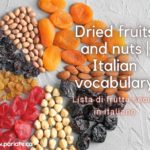
- Eating gluten-free in the country of pasta, pizza & pane

- How to say delicious in Italian – 16 words and phrases


